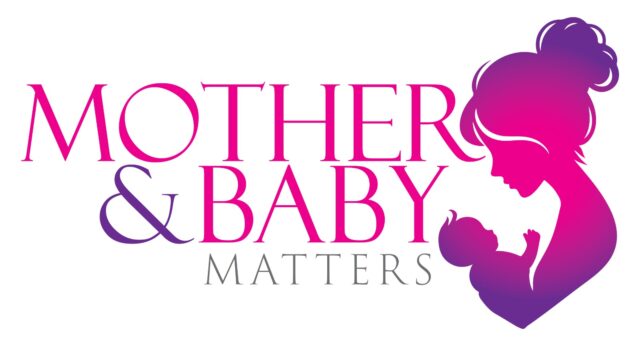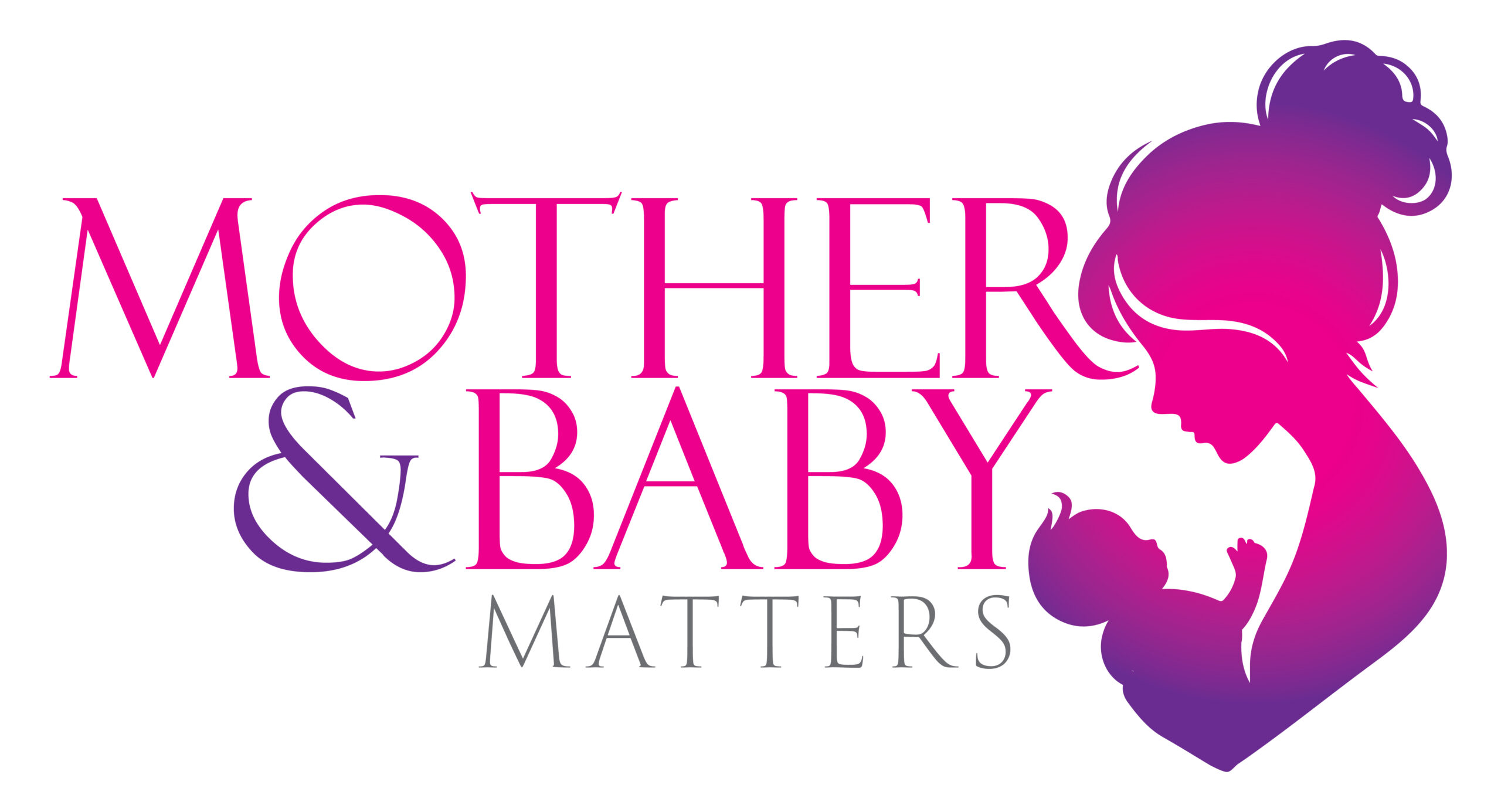Prevalence of Hypertension, Diabetes, and Thyroid Disorders During Pregnancy in Indian Women: An Observational Study
Pregnancy is a remarkable physiological journey marked by intricate hormonal, metabolic, and immunological changes that support fetal development. However, it is also a period during which pre-existing health conditions may worsen, or new complications may arise. Among the most common and clinically significant disorders during pregnancy are hypertensive disorders, gestational diabetes mellitus (GDM), and thyroid dysfunction. These conditions have profound implications for both maternal and fetal outcomes, and their timely diagnosis and management are critical to preventing complications such as preterm birth, intrauterine growth restriction (IUGR), low birth weight, and stillbirth.

These disorders place a considerable burden on antenatal care (ANC) systems—especially in resource-constrained settings where early detection, regular follow-up, and specialized care are often inadequate. Their rising incidence globally, and particularly in low- and middle-income countries like India, highlights the urgent need for integrated public health interventions and standardized clinical guidelines.
In India, the increasing prevalence of non-communicable diseases (NCDs) among women of reproductive age has intensified these challenges. Factors such as rapid urbanization, sedentary lifestyles, unhealthy diets, and delayed childbearing have collectively increased the risk of metabolic and endocrine disorders during pregnancy. As more Indian women conceive later in life and with higher baseline health risks, antenatal care providers are encountering these complications with greater frequency. This trend has prompted healthcare professionals and policymakers to call for enhanced screening and intervention protocols tailored to the Indian context.
Hypertensive disorders of pregnancy, including gestational hypertension, preeclampsia, and eclampsia, are among the leading causes of maternal morbidity and mortality in India. These conditions can lead to serious maternal complications such as stroke, HELLP syndrome (hemolysis, elevated liver enzymes, low platelet count), and multi-organ failure. For the fetus, risks include placental abruption, fetal demise, and growth restriction. Prevalence rates in India range from 5% to 8%, though these figures vary widely depending on regional healthcare access and maternal health literacy.
Gestational diabetes mellitus (GDM) has also emerged as a growing concern in Indian antenatal care. Prevalence estimates range from 10% to 20%, depending on the diagnostic criteria and geographical region. Risk factors include obesity, a family history of diabetes, sedentary behavior, and advanced maternal age. GDM not only increases the risk of complications like macrosomia, neonatal hypoglycemia, and preeclampsia but also predisposes both mother and child to future type 2 diabetes, emphasizing the importance of long-term follow-up and preventive care.
Thyroid dysfunction, particularly hypothyroidism, is another commonly underdiagnosed condition in Indian pregnancies. Iodine deficiency continues to be a major contributor, especially in rural areas. Studies indicate that 10% to 13% of pregnant Indian women experience thyroid abnormalities. Left untreated, these conditions can result in miscarriage, premature birth, neurodevelopmental deficits in the fetus, and stillbirth.
Study Design and Objectives
A cross-sectional study was conducted among 300 pregnant women attending antenatal clinics at a tertiary care hospital between February and May 2025 to assess the prevalence of hypertensive disorders, gestational diabetes mellitus (GDM), and thyroid dysfunction. Data were collected using structured questionnaires and clinical records, including demographics, obstetric history, lifestyle factors, diagnostic values, and awareness of risk factors. Standard diagnostic criteria were used (DIPSI for GDM, BP ≥140/90 mmHg for hypertension, and trimester-specific thyroid-stimulating hormone (TSH) levels for thyroid dysfunction).
This study highlights a substantial burden of NCDs among pregnant women, especially GDM and hypertension. Urbanization, obesity, and maternal age were key contributing factors. Despite mandates for early registration and screening, these findings highlight critical gaps in antenatal care. The results underscore the urgent need for more targeted, scalable, and context-specific interventions to address the rising prevalence of NCDs among pregnant women in India.





